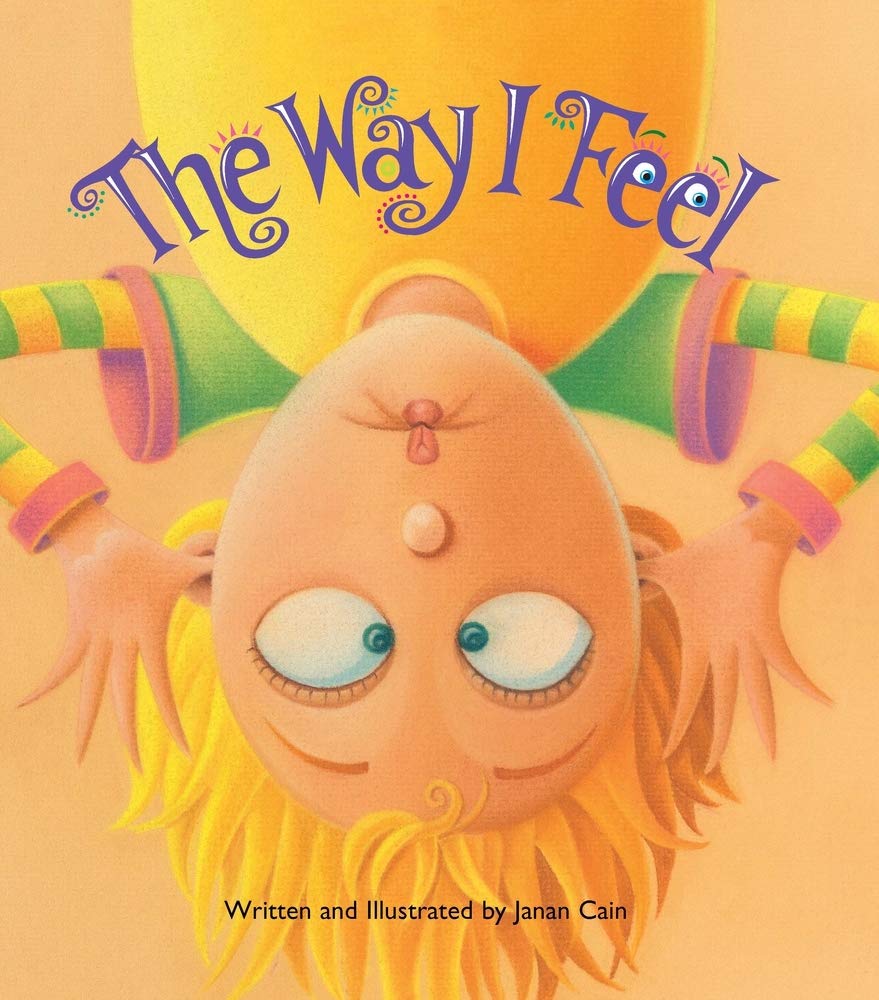Techniques to help children overcome nightmares
Nightmares are terrifying and/or unpleasant experiences that occur during sleep. They are intense and vivid dreams that can awaken the child and evoke feelings of fear, distress, or anxiety. These nightmares often depict disturbing situations or images, such as monsters, wild animals, falls, chases, or other alarming events.
Nightmares in children typically occur during the REM (Rapid Eye Movement) sleep phase, a period in which the most vivid dreams are experienced. These tend to be more frequent in the second half of the night.
It is essential to understand that nightmares are a natural part of childhood development and, in most cases, they don’t indicate a serious health issue. However, if they happen regularly or cause significant fear, they can impact the child’s sleep quality and emotional well-being.
Consequences of sleep disruption from nightmares:
- Anxiety and fear: Nightmares can induce anxiety and fear in children, which might make them feel insecure or nervous, especially around bedtime.
- Sleep difficulties: Children who experience nightmares might struggle to fall asleep or wake up frequently during the night, leading to a certain degree of sleep deprivation that can have negative consequences.
- Reluctance to sleep: Due to the fear of having nightmares, some children might resist going to bed or have difficulties falling asleep.
- Fatigue and irritability: The lack of restful sleep caused by nightmares can result in general fatigue during the day, which can, in turn, lead to irritability and behavioral changes.
- Concentration issues: The exhaustion stemming from nightmares can hinder a child’s concentration and academic performance.
- Emotional impact: Intense nightmares can leave a lasting emotional impression on children, potentially affecting their emotions and mood.
It’s crucial to address nightmares appropriately to help children overcome these effects and promote peaceful, restorative sleep.
Techniques and tips to help your child overcome nightmares:
- Comfort the child after the episode: Use a gentle and calming voice to explain that what they experienced was just a dream and that it’s over now. Reassure them that they’re safe and can go back to sleep peacefully.
- Create a Dream Catcher: A very effective technique is the creation of a Dream Catcher (Mallon, 2002). Encourage the child to decorate a plastic ring or hula hoop, weaving a web-like structure covering the center of the hoop using yarn, thread, perforated plastic, or other materials. Explain that this dream catcher captures good dreams and lets the bad ones escape. Hang it beside their bed or in the window, helping them feel secure.
- Drawing and Redefining Technique: Another strategy suggested by Mallon (2002) is to ask the child to draw their nightmare the next day. Encourage them to give the drawing a title and explain what’s happening in the picture. Then, ask them what could change in the story to make the nightmare less terrifying. If the child struggles, you can suggest adding a hero or removing the frightening character, like a monster, for instance.
For example: a girl titled her drawing “The Shadow Monster” and illustrated a forest with a large monster behind a tree casting a shadow. She also drew herself running scared. After praising her work, her mother asked how she might alter the story to make it less frightening.
At first, the girl seemed pensive, but with a suggestion from her mother, she decided to add a superhero flying over the forest to protect her. In the end, she redrew the scene with the superhero carrying her away from the monster.
- Relaxation routine before sleep: Establish a relaxing bedtime routine. This could include activities like reading a calm story, listening to gentle music, or practicing deep breathing exercises. This routine can help soothe the child’s mind and create an environment conducive to peaceful sleep.
Remember that every child is unique, so it’s important to adapt these techniques according to the child’s individual preferences and needs. If nightmares persist or cause significant distress, consider seeking professional guidance for further assistance.




